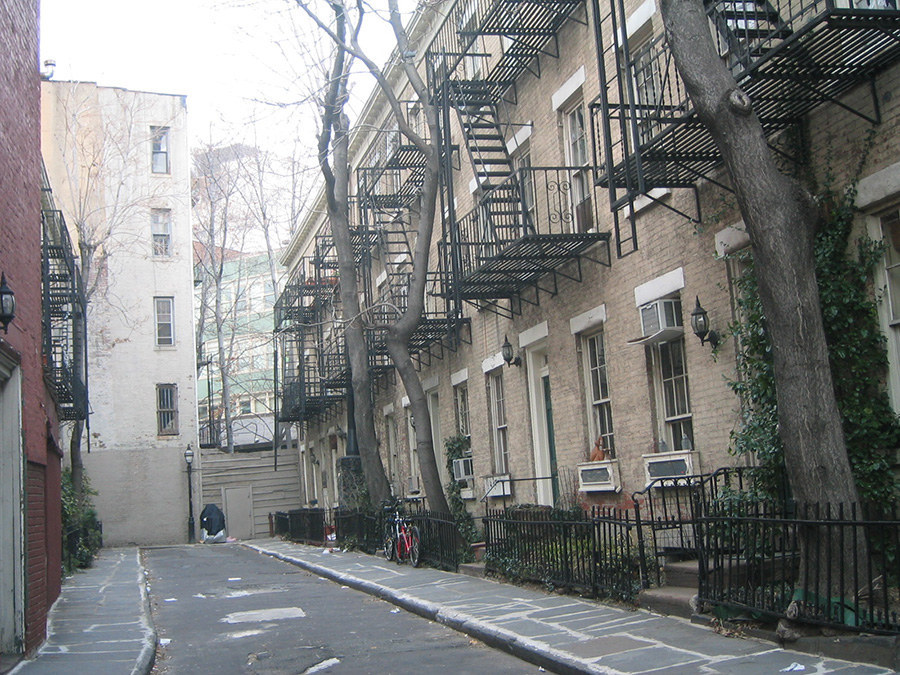Chelsea — Pennsylvania Station
After its completion in 1910, Penn Station stood as not just a testament to the glory days of the railroad, but architectural beauty and efficiency. From its creation till today, it has been the most trafficked train station in North America, but unlike Grand Central, its architectural history has been almost completely erased. In fact, its demolition in 1963 was ultimately viewed as such a mistake that it ushered in an era of architectural preservation in the city. Too bad it came too late.
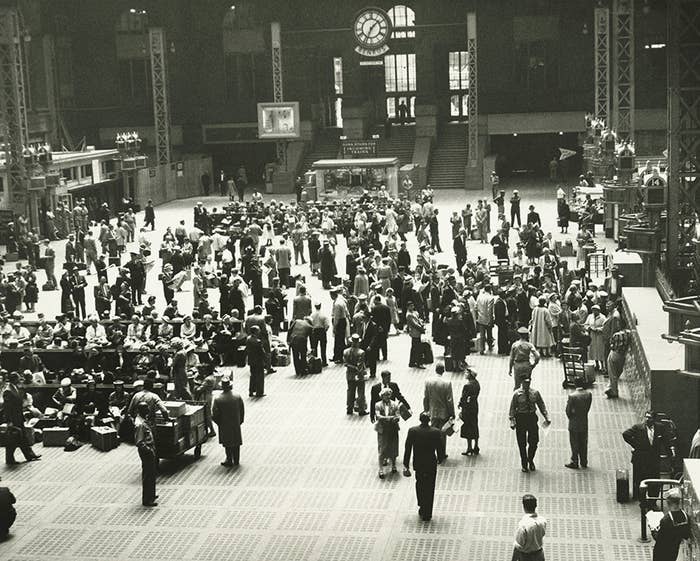

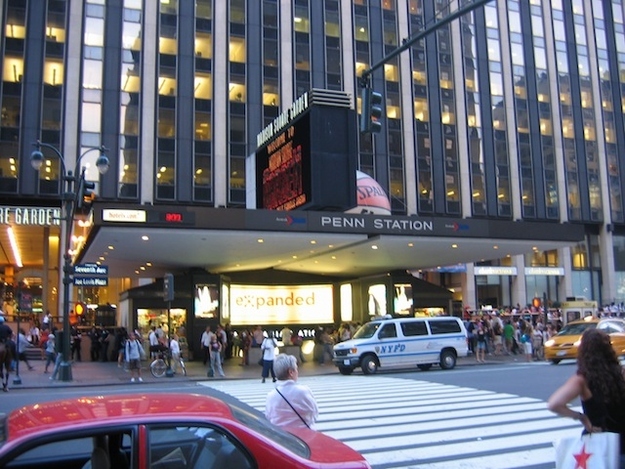

Manhattan — Astor Place
For years, Astor Place has been one of the calmer and more astute areas in Manhattan, but in the mid-nineteenth-century, it was anything but. Back in 1849, the Astor Place riot took place—when nativists and immigrants fought one another, or teamed up to fight the police and the upper classes—killing and injuring hundreds. It led to the eventual closing of the Astor Opera House, and forever changed the space.
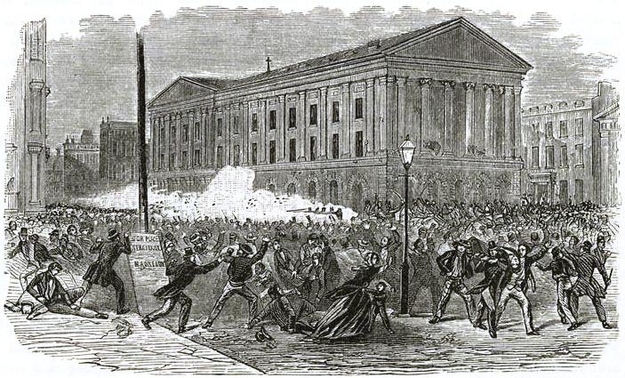


Battery Park — New York Aquarium
These days you have to trek out to Coney Island to visit the aquarium, but it used to be located at the very end of Manhattan, in Battery Park. Originally used as a fort in the early nineteenth century, Castle Green was repurposed as an aquarium in 1896, which it remained until 1941. The aquarium featured a grand, intimidating interior, complemented by an elegant, columned interior and 112 tanks—one of the largest aquariums in the world at the time.
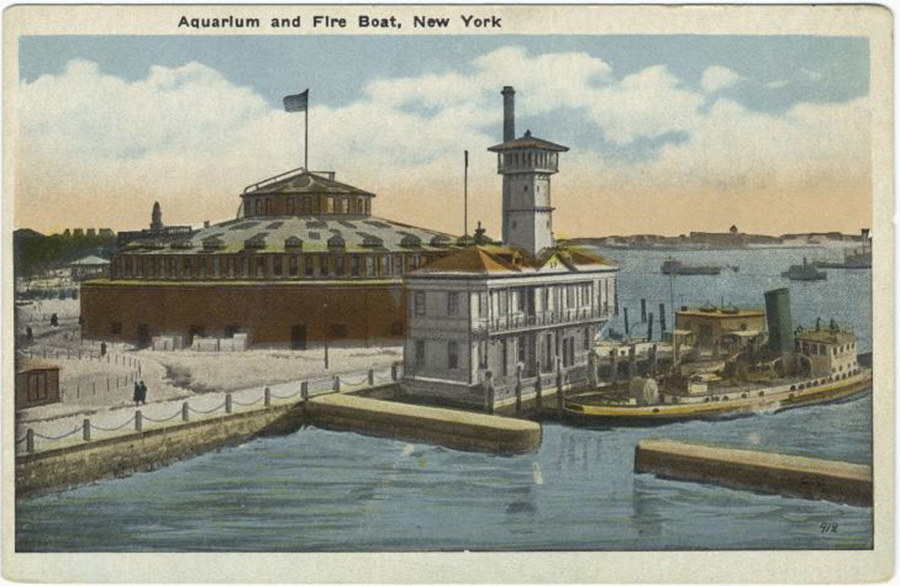
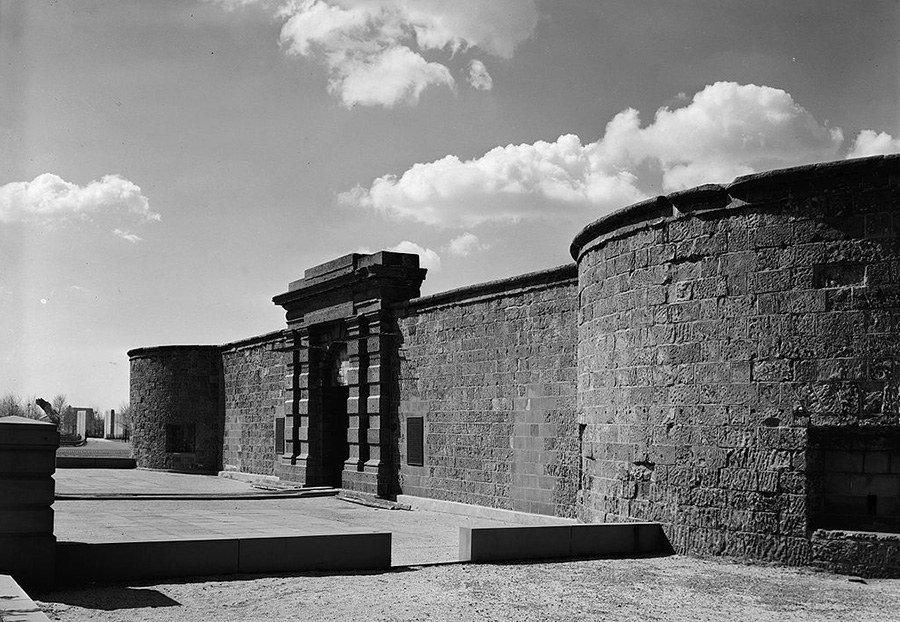

Financial District — City Hall Park
Built and surrounded by municipal buildings from 1812 and beyond, this park has always served as a place for government employees to enjoy a nice reprieve and lunch.
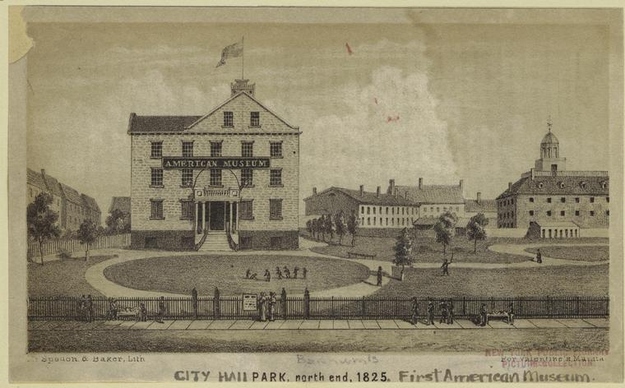
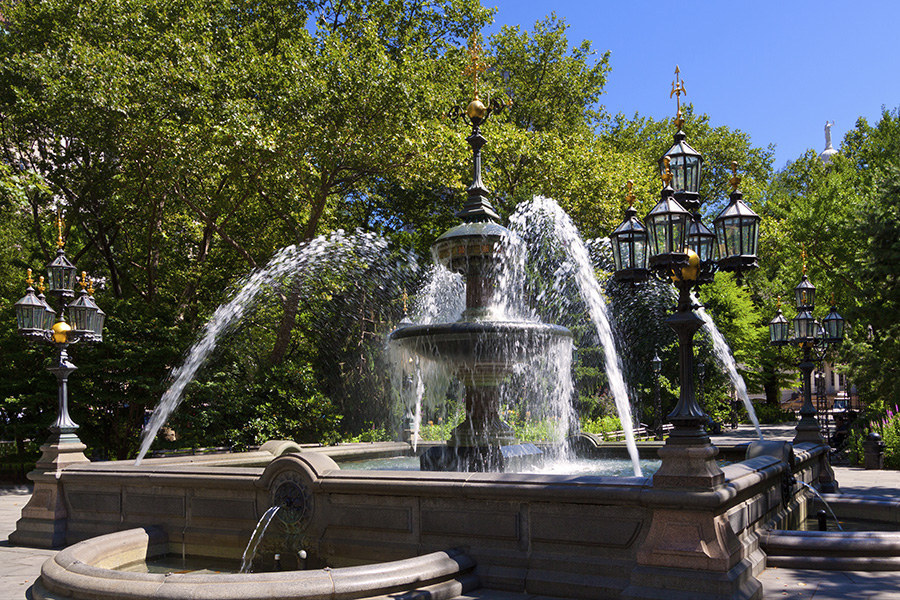

SoHo — 105 Mercer St.
These days, SoHo is one of the areas most-frequented by tourists in New York, but for most of its past it was actually pretty sordid. 105 Mercer St., for instance, was completed in 1820 and began as a seamstress's home and business. Shortly thereafter, it became a brothel—as the surrounding area "evolved" into a red-light district.


West Village — Patchin Place
While not a single building, Patchin Place is a gated cul-de-sac that boasts a lot of history most people don't know about. The place was built in 1848/49 and for a while it was popular among writers and artists for offering relative privacy in what was then Bohemia. In fact, Marlon Brandon and e.e. cummings were former residents.
